EGH422 QUT Advanced Thermodynamics: Heat Exchanger Modeling Report
VerifiedAdded on 2023/06/03
|9
|751
|447
Report
AI Summary
This report presents a computational fluid dynamics (CFD) simulation of a simple double-pipe heat exchanger, conducted to analyze its performance and replicate experimental results. The methodology includes geometry creation, meshing, setup, solution, and results analysis using a post-processor. The simulation aims to numerically simulate and analyze a double pipe heat exchanger, replicate experimental results, explore performance improvements, develop competency in using FLUENT with conjugate heat transfer, and develop analysis skills across analytical, empirical, and numerical methods of assessing heat exchanger performance. The report includes details on meshing qualities, material settings, boundary conditions, solution methods, and a comparison of facet and face values for static temperature. Applications and advantages of CFD are discussed, along with its disadvantages. The report concludes with references to relevant literature.
1 out of 9
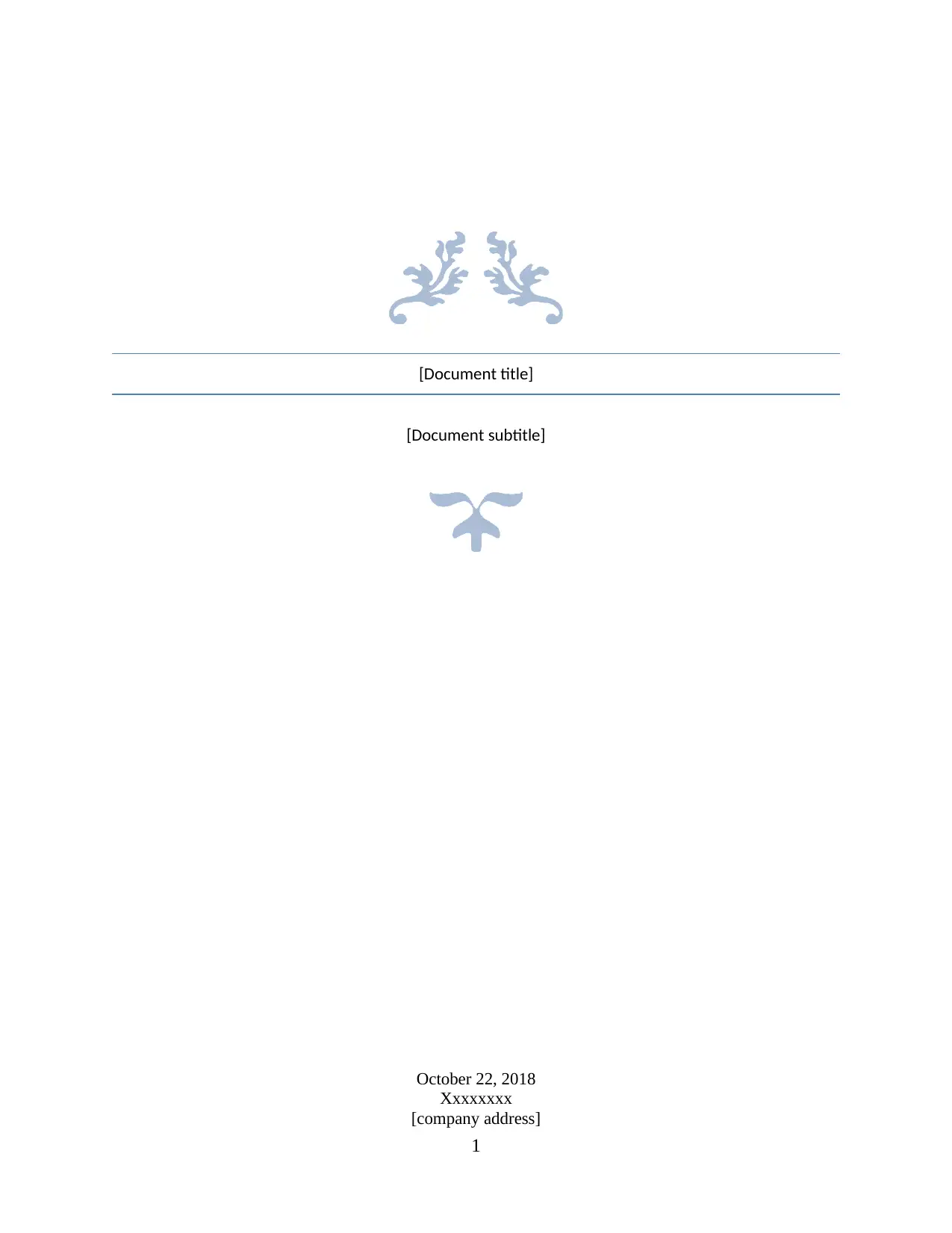
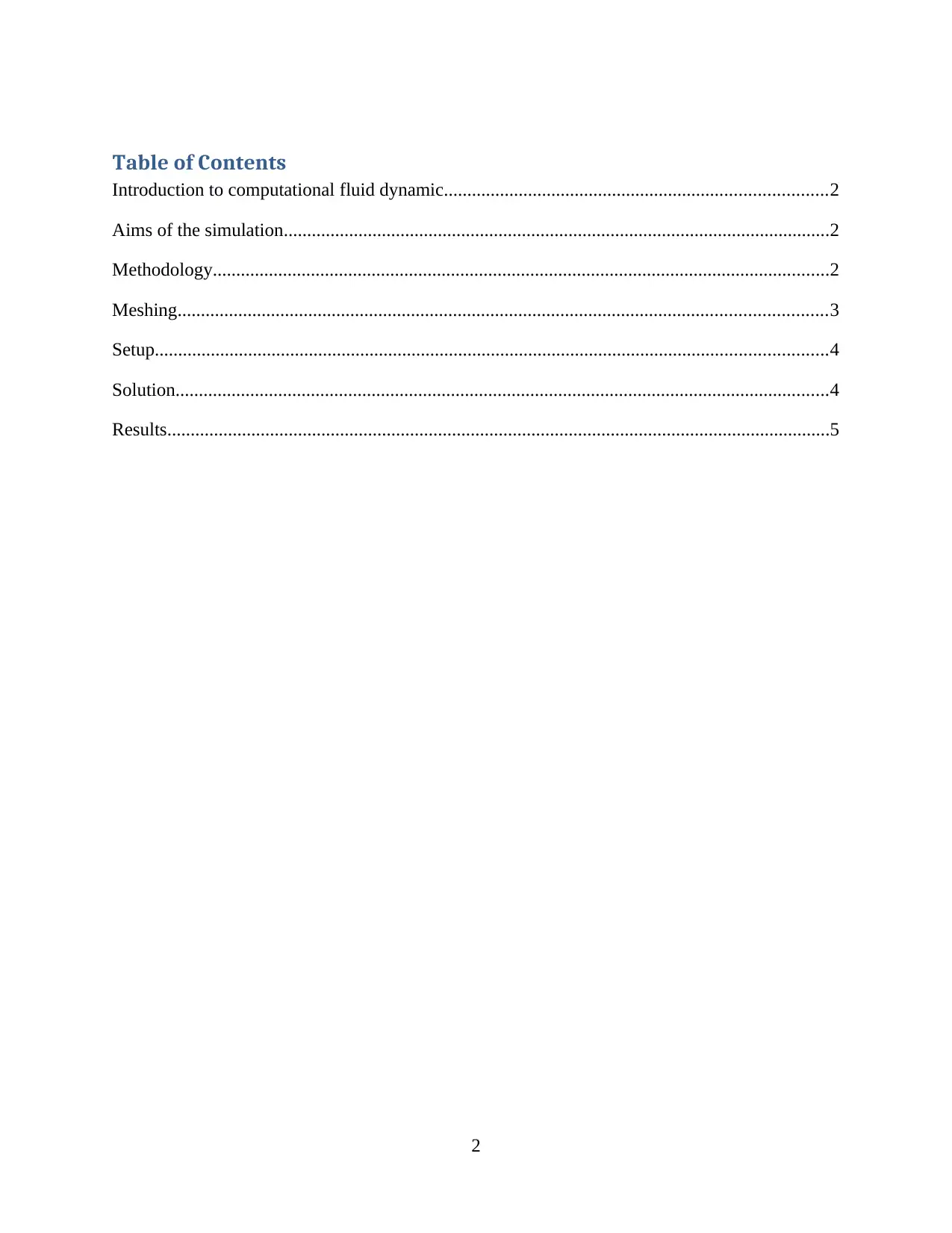


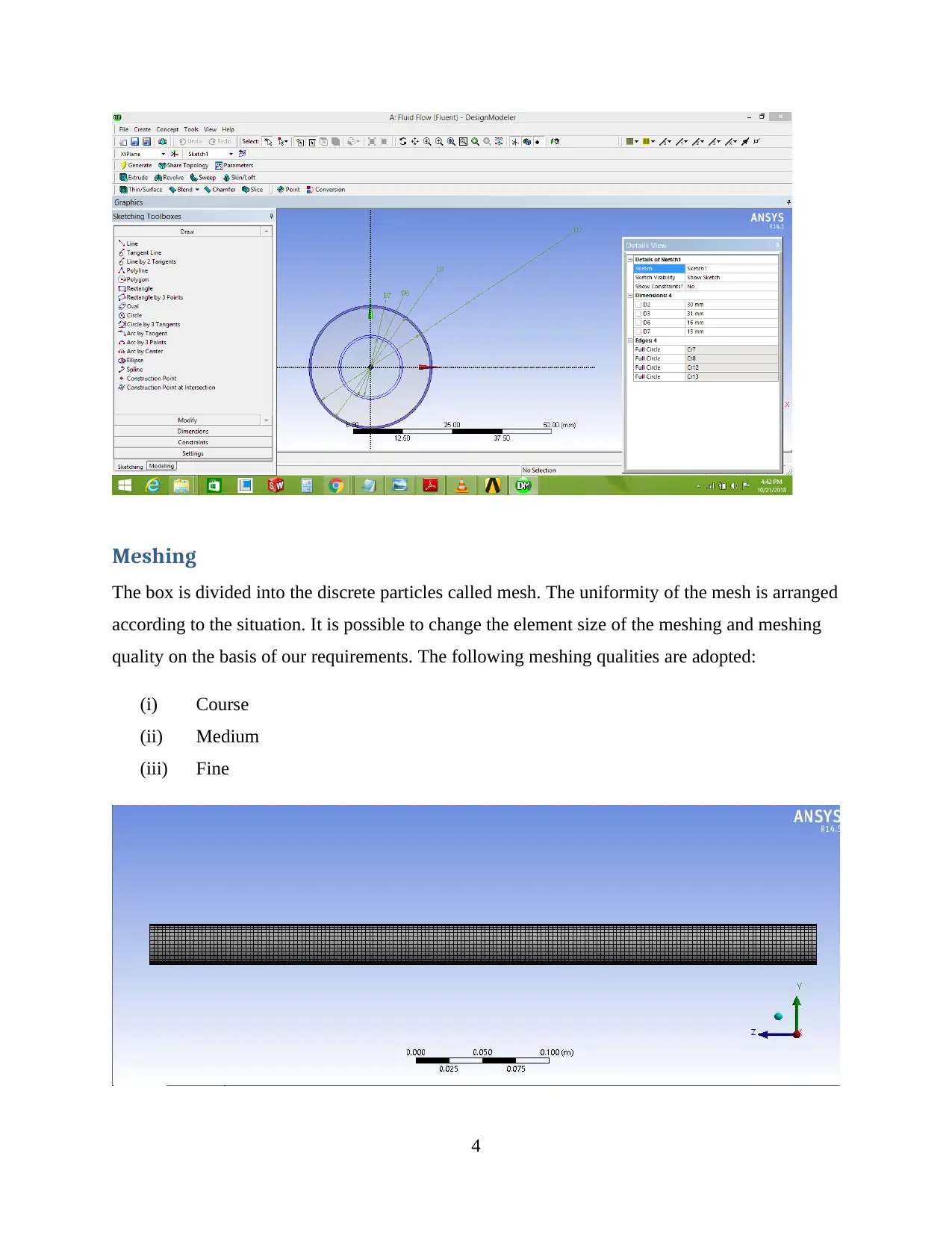

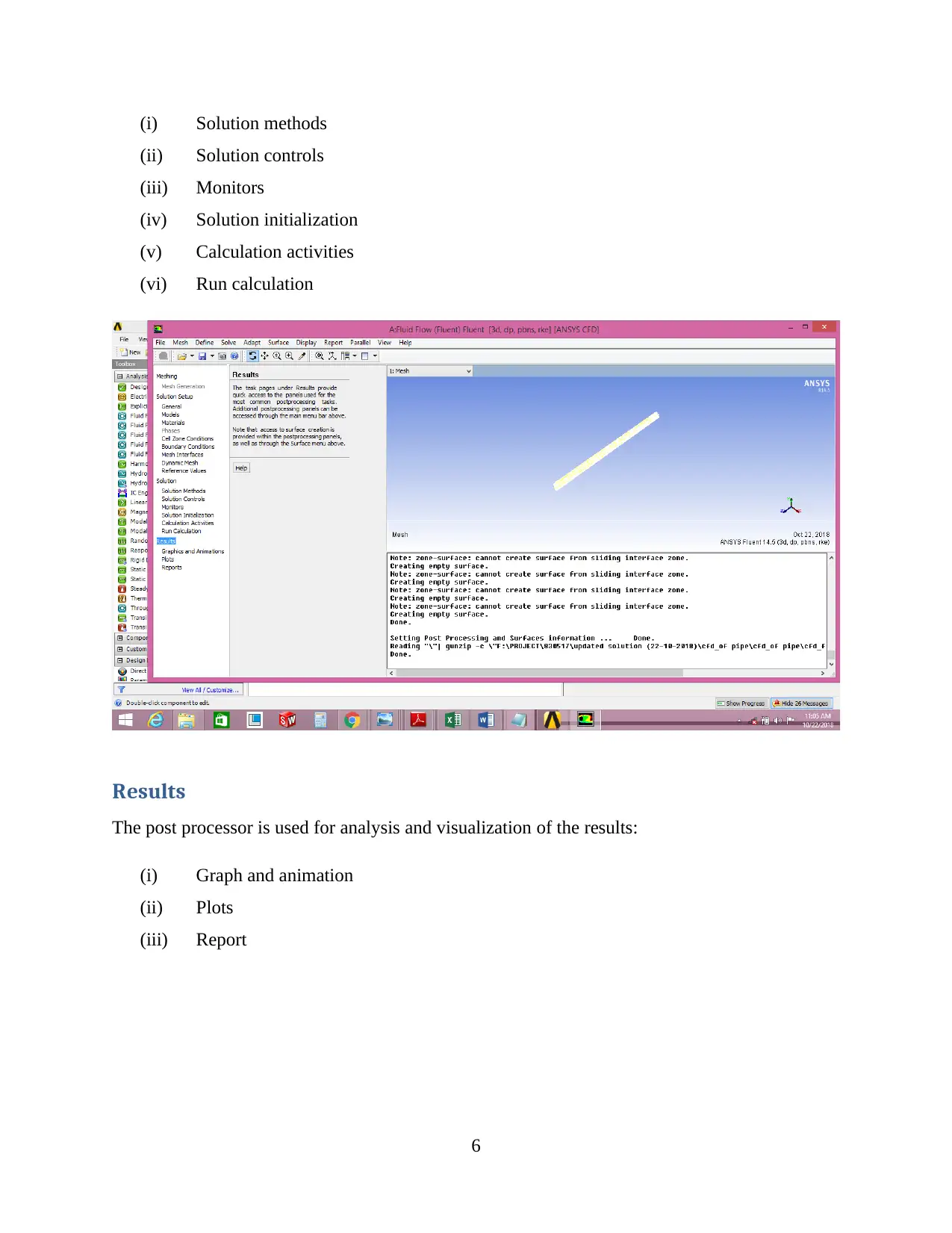
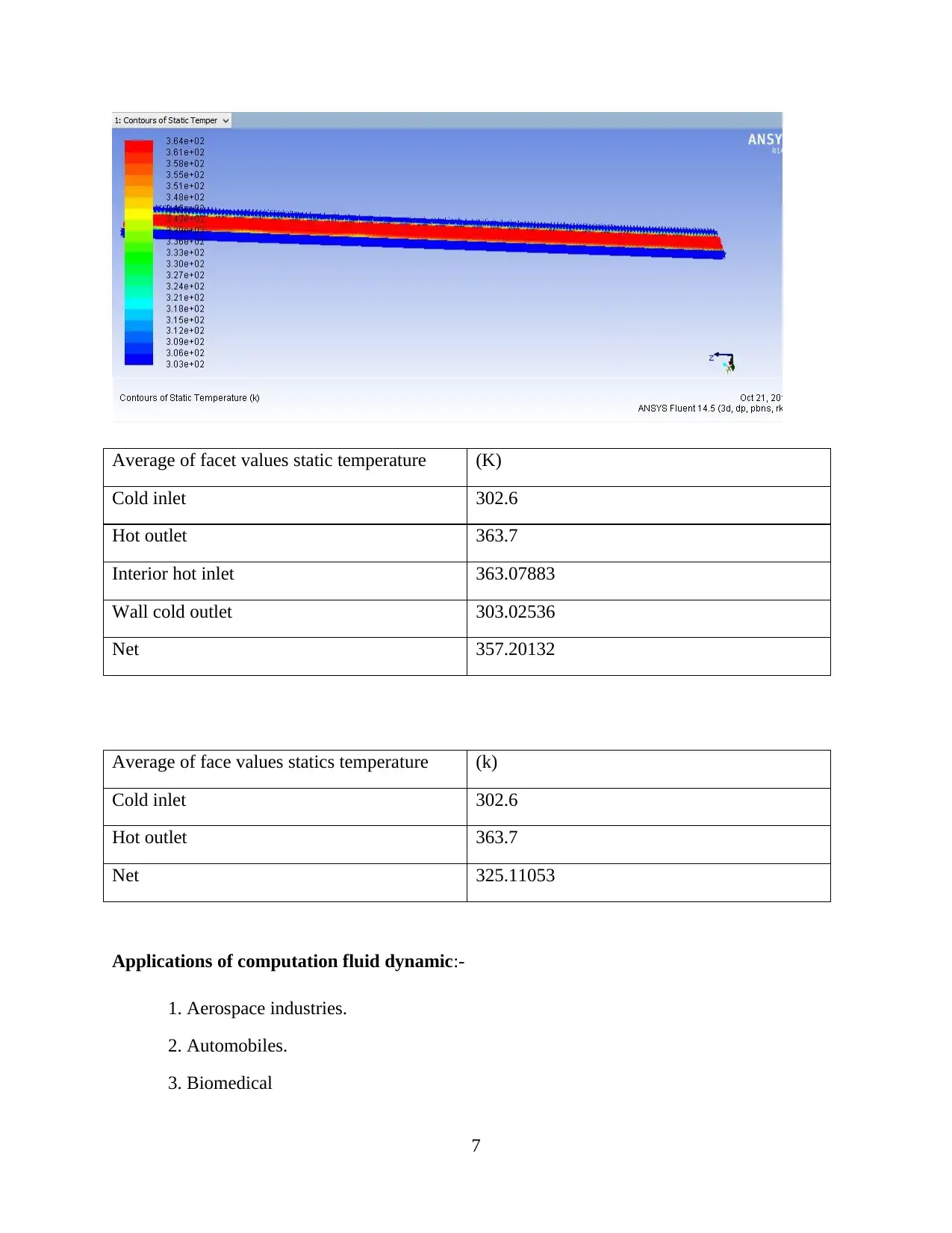
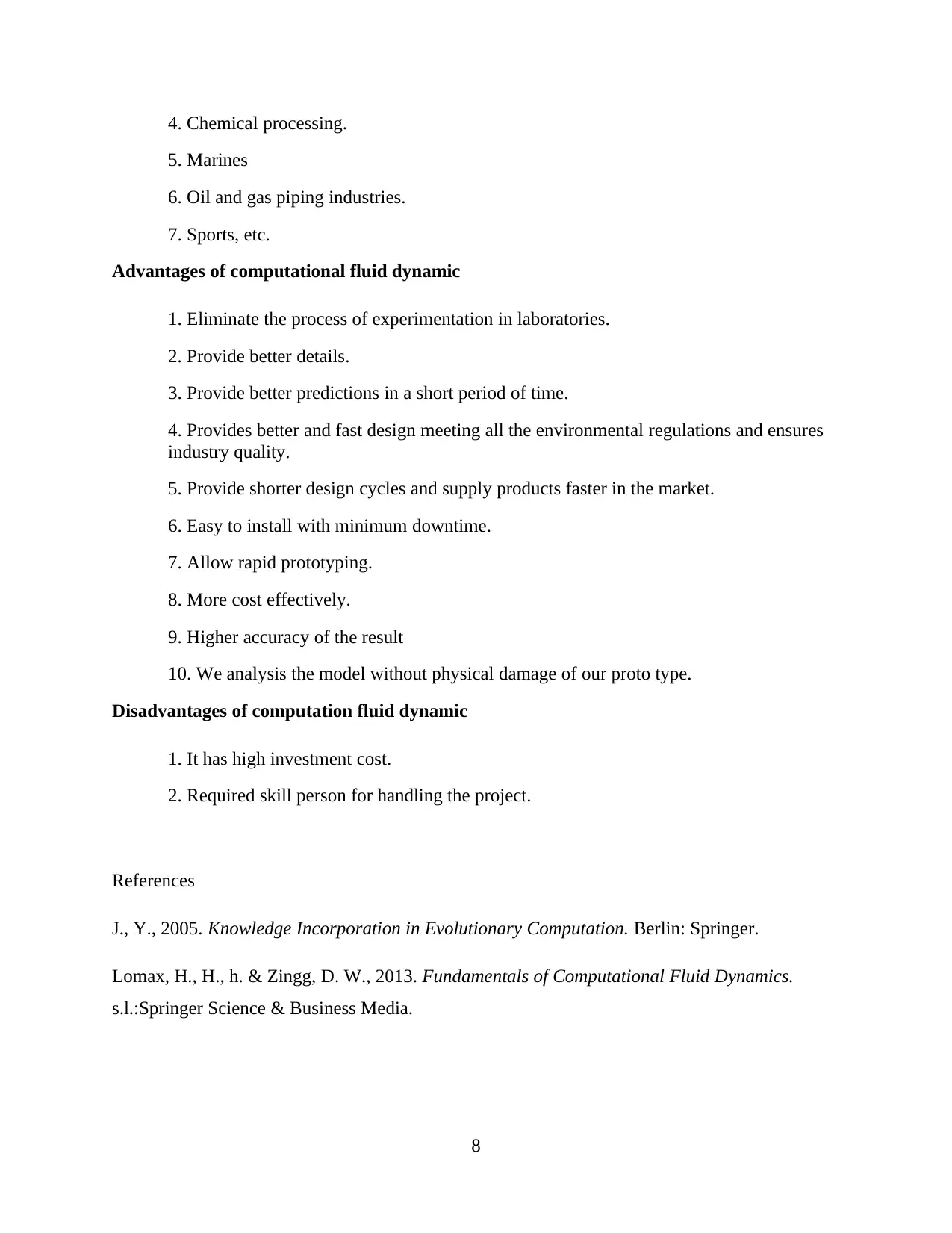






![[object Object]](/_next/static/media/star-bottom.7253800d.svg)